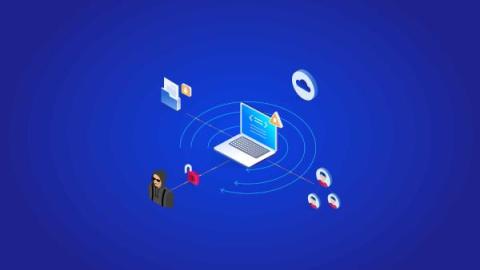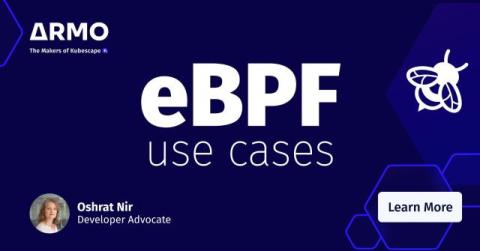Corelight recognized for SaaS and Cloud Identity Applications Security in the Gartner Competitive Landscape Report*
The cybersecurity landscape is evolving, and Network Detection and Response (NDR) solutions are becoming indispensable for consistent visibility across an increasing attack surface.











